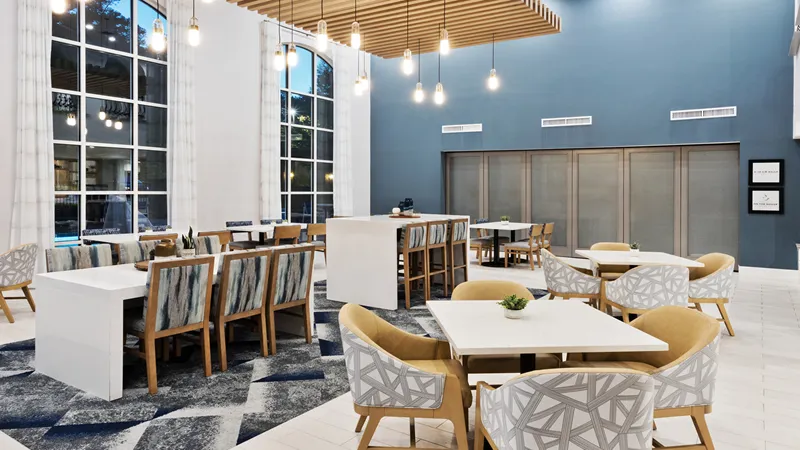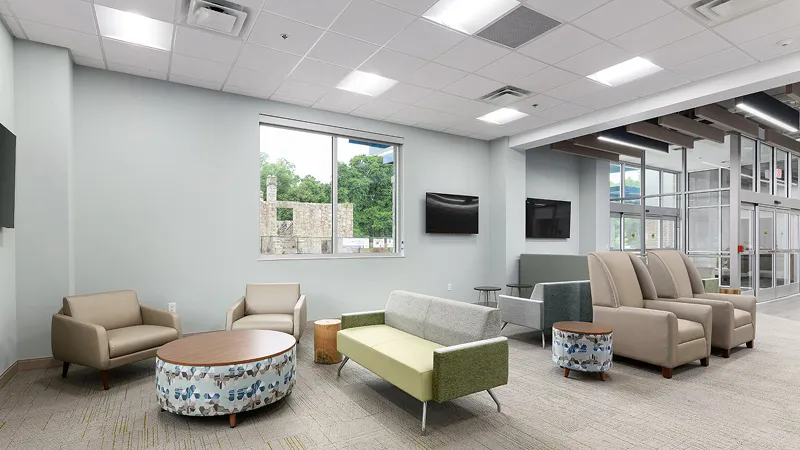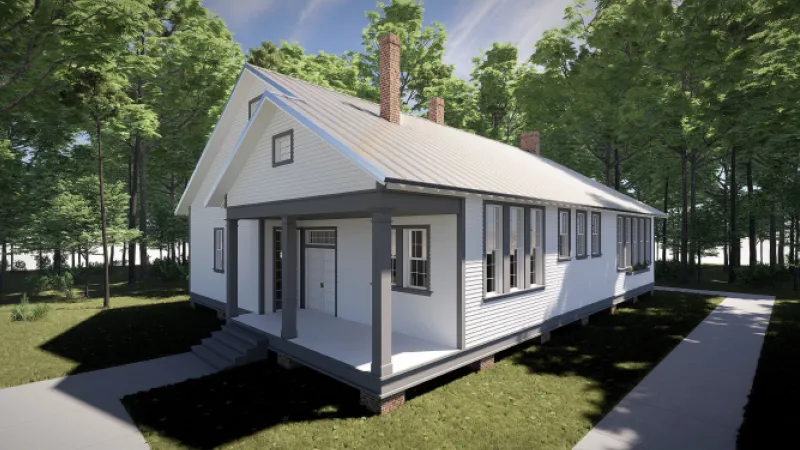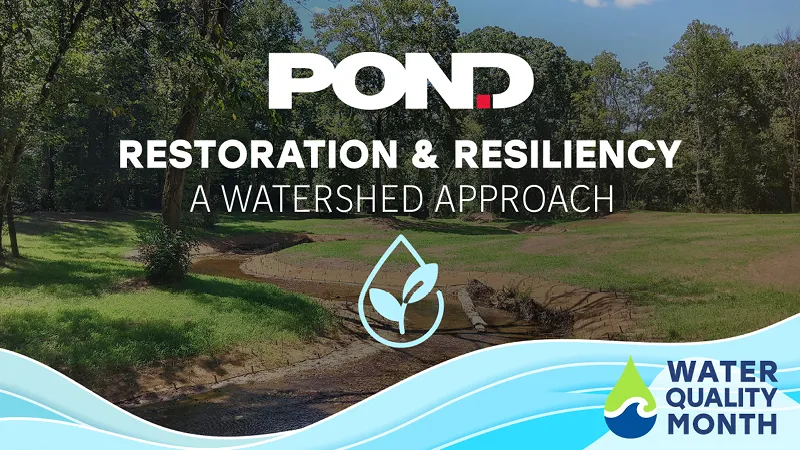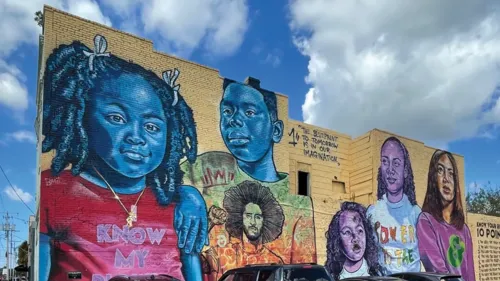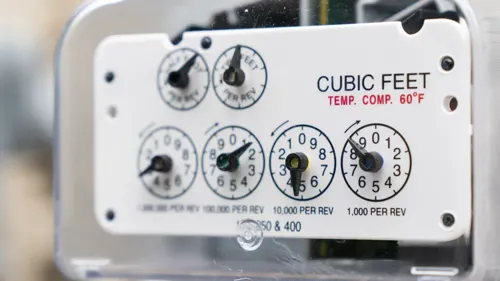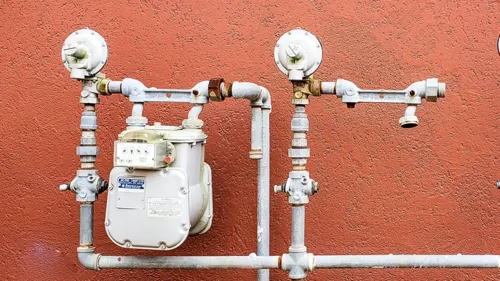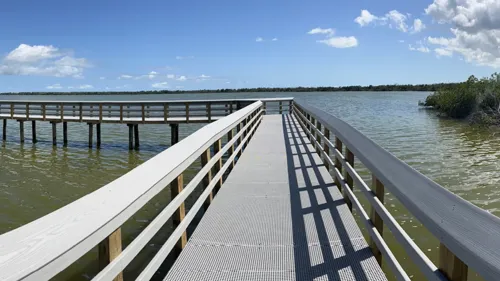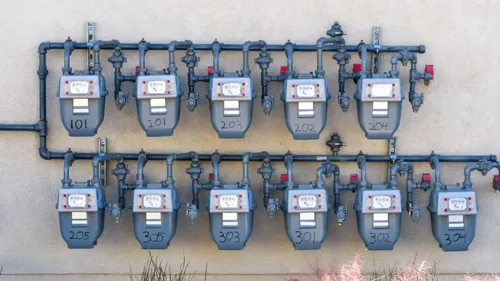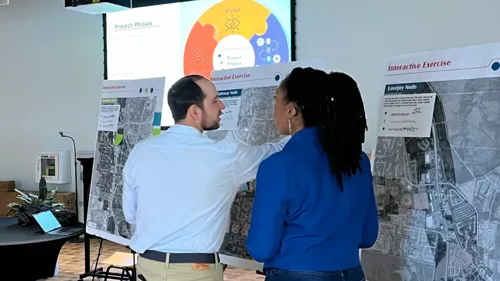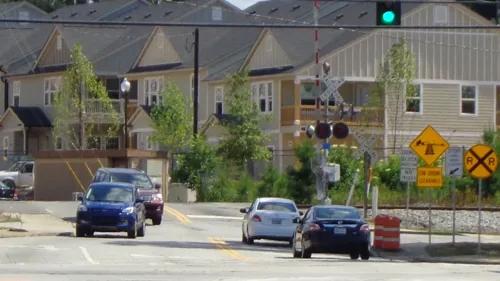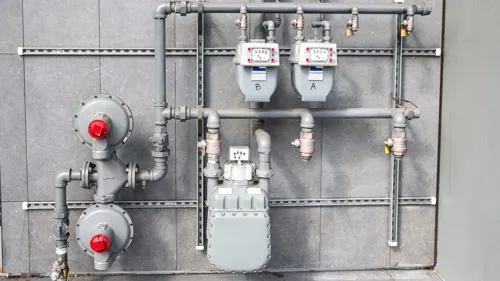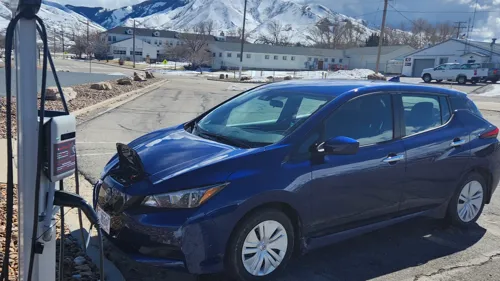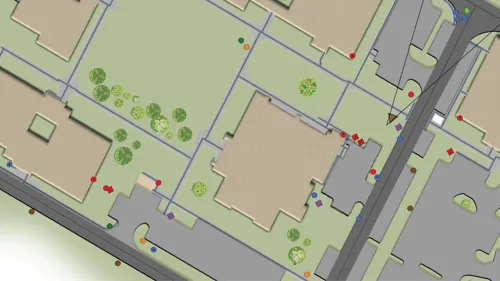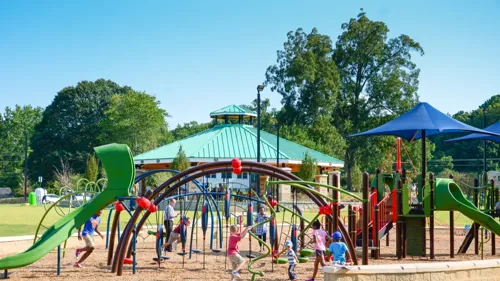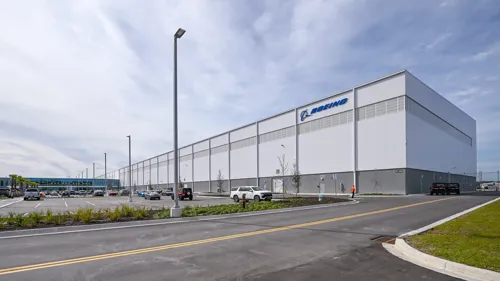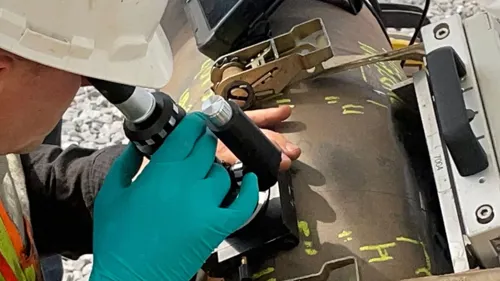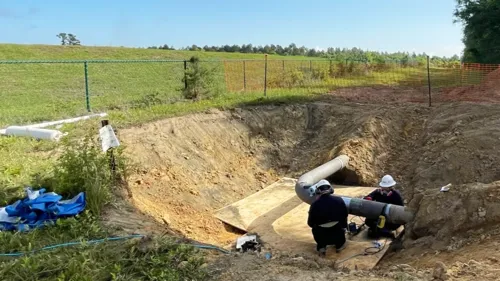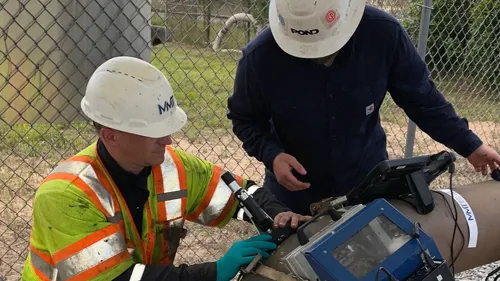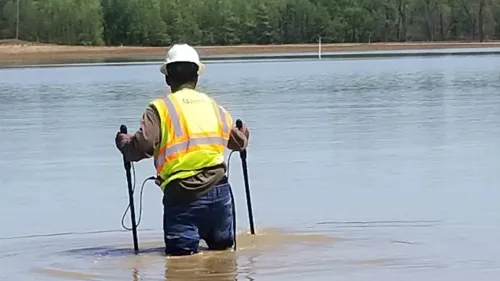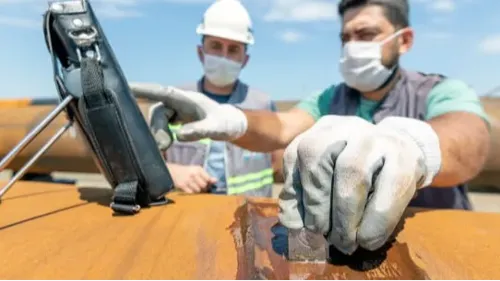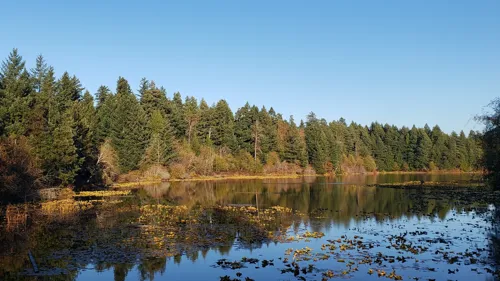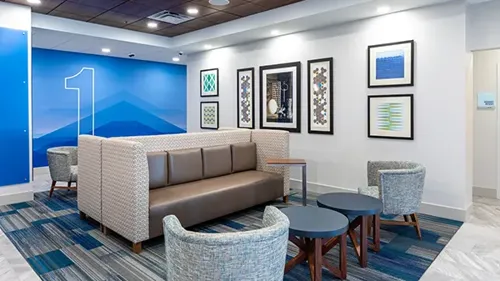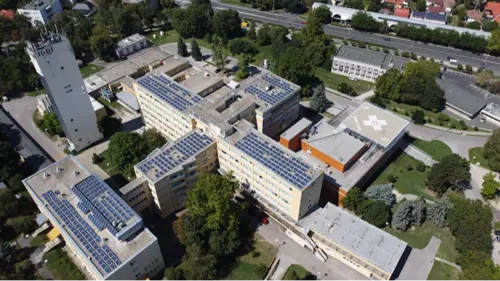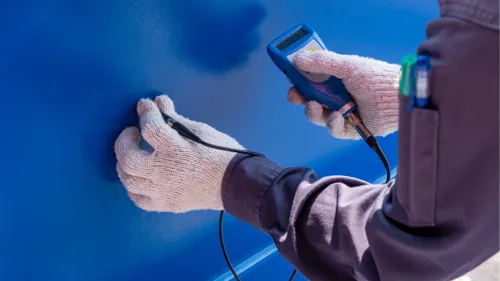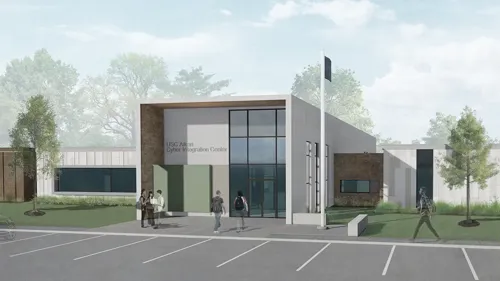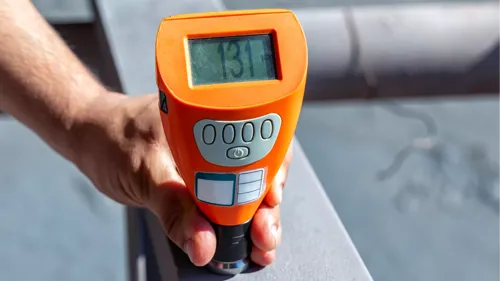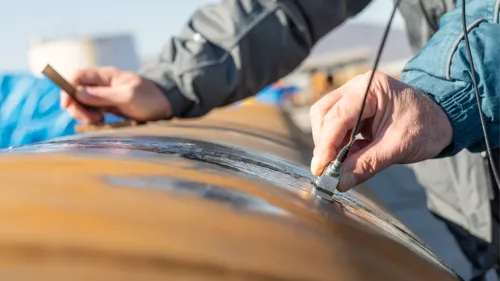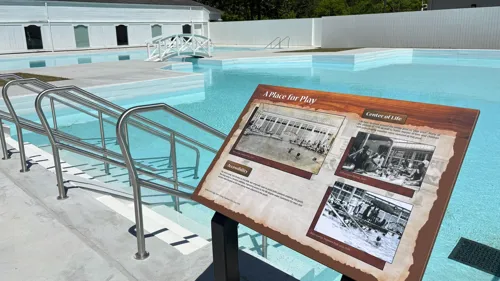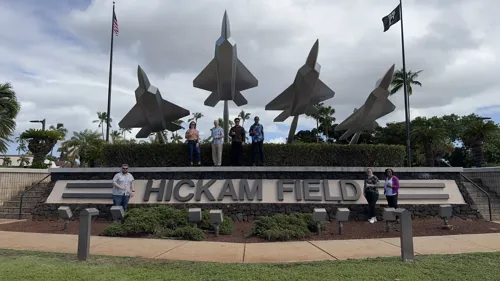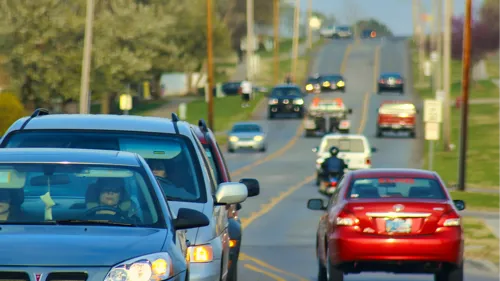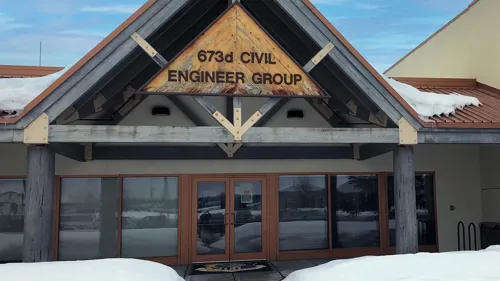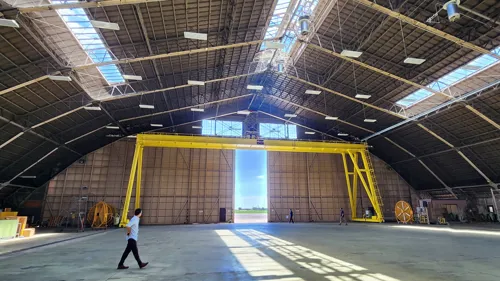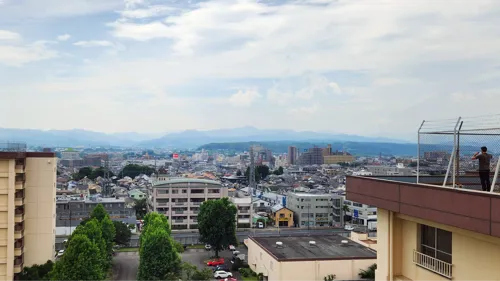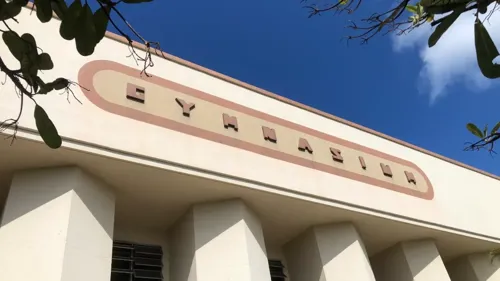Technical College Design 101: How Pond Designs Immersive Real-World Learning Environments
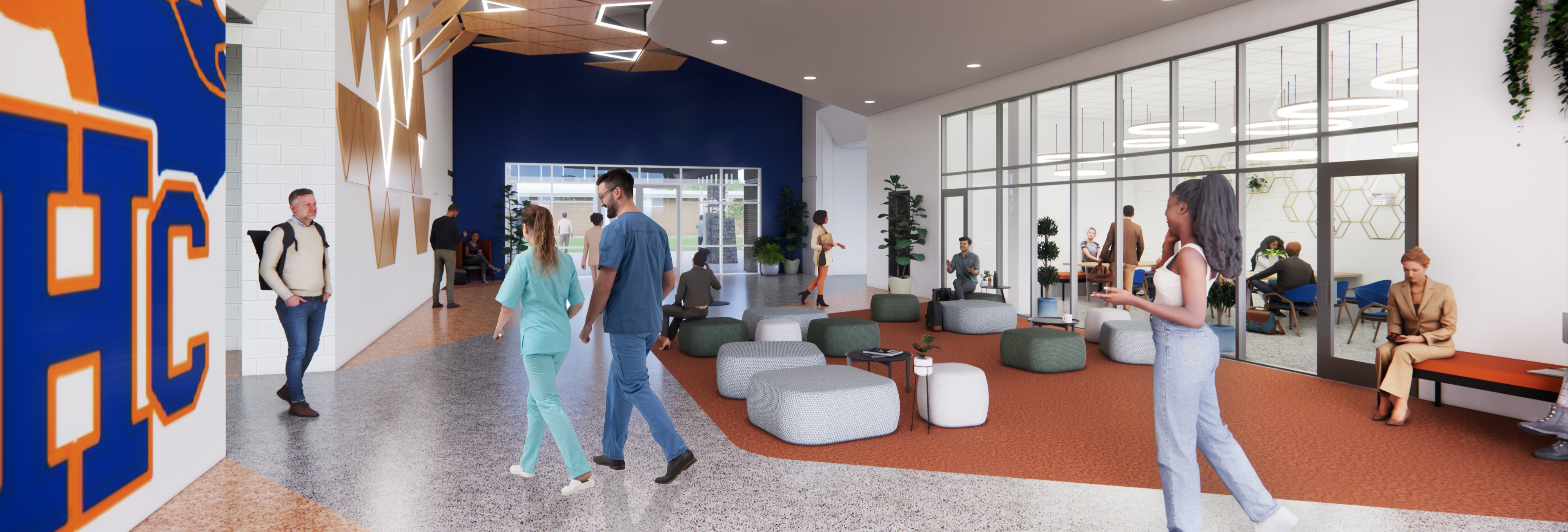
Introduction
As the landscape of higher education continues to evolve, institutions across the country are reimagining how to prepare students for the workforce. One key trend in this movement is the rise of technical colleges that simulate real-world backdrops. Unlike the traditional classroom setting, this model offers students across many disciplines the ability to practice within environments that better prepare them to enter the workforce. In 2024, the Technical College System of Georgia (TCSG) reported a 99% placement rate, which measures the percentage of students who graduated and either continued their education or entered the workforce.
Pond supports these institutions by designing facilities that do more than just educate; they simulate. From intensive care units and fully integrated training hospitals to electric vehicles and advanced manufacturing, our work brings industry-grade environments into the classroom to help students transition seamlessly into their careers.
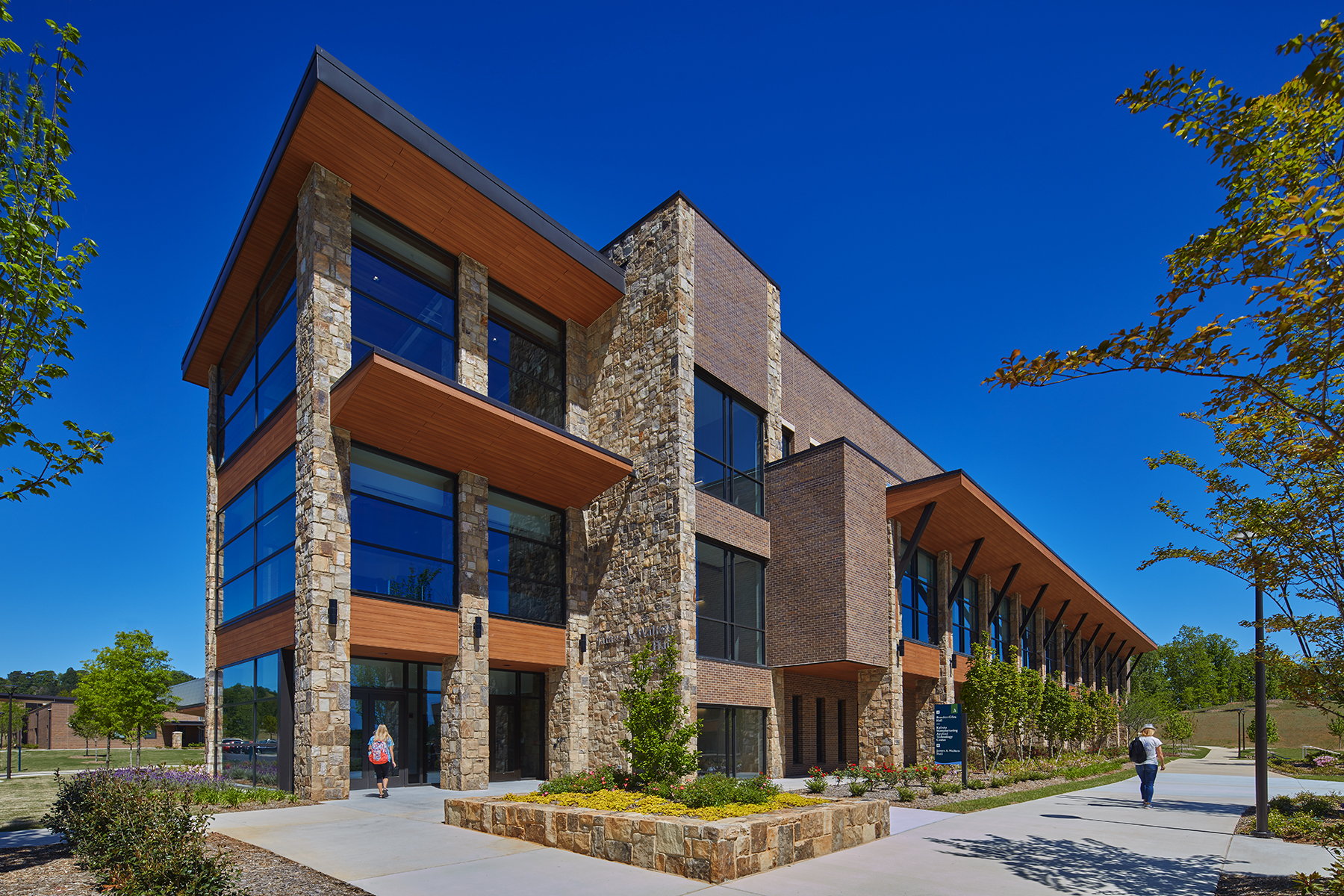
Design for Real-World Impact: FSCJ's Allied Health and Nursing Program
One recent example of this is Florida State College at Jacksonville (FSCJ), where Pond partnered to create an environment that merges academic instruction with hands-on clinical experience.
From its onset, the project included robust input from a professional advisory board, composed of representatives from Mayo Clinic, Baptist Health, and the University of Florida hospital system, who helped define what "real-world" readiness looks like in today's healthcare environment.
With direct real-time industry feedback, Pond is designing an integrated allied health facility that simulates everything from patient intake to intensive care. These simulation labs, modeled closely after real hospital environments, allow students to practice high-pressure scenarios in a safe and controlled setting.
The goal? To help students graduate not just with knowledge, but with the confidence and capability to deliver care from day one.
Scaling the Model Across the Region
This approach to integrating real-world environments has been successfully implemented by Pond’s architecture and engineering design teams across multiple institutions throughout the Southeast. Pond has partnered with the University of North Georgia, the University of South Carolina, Georgia Piedmont Technical College, and Lanier Technical College to deliver learning environments that reflect the complexity and realism of the modern workplace. These schools share a common vision: develop tomorrow’s workforce in high-demand industries by creating hands-on training environments that mirror the conditions students will encounter in the field.
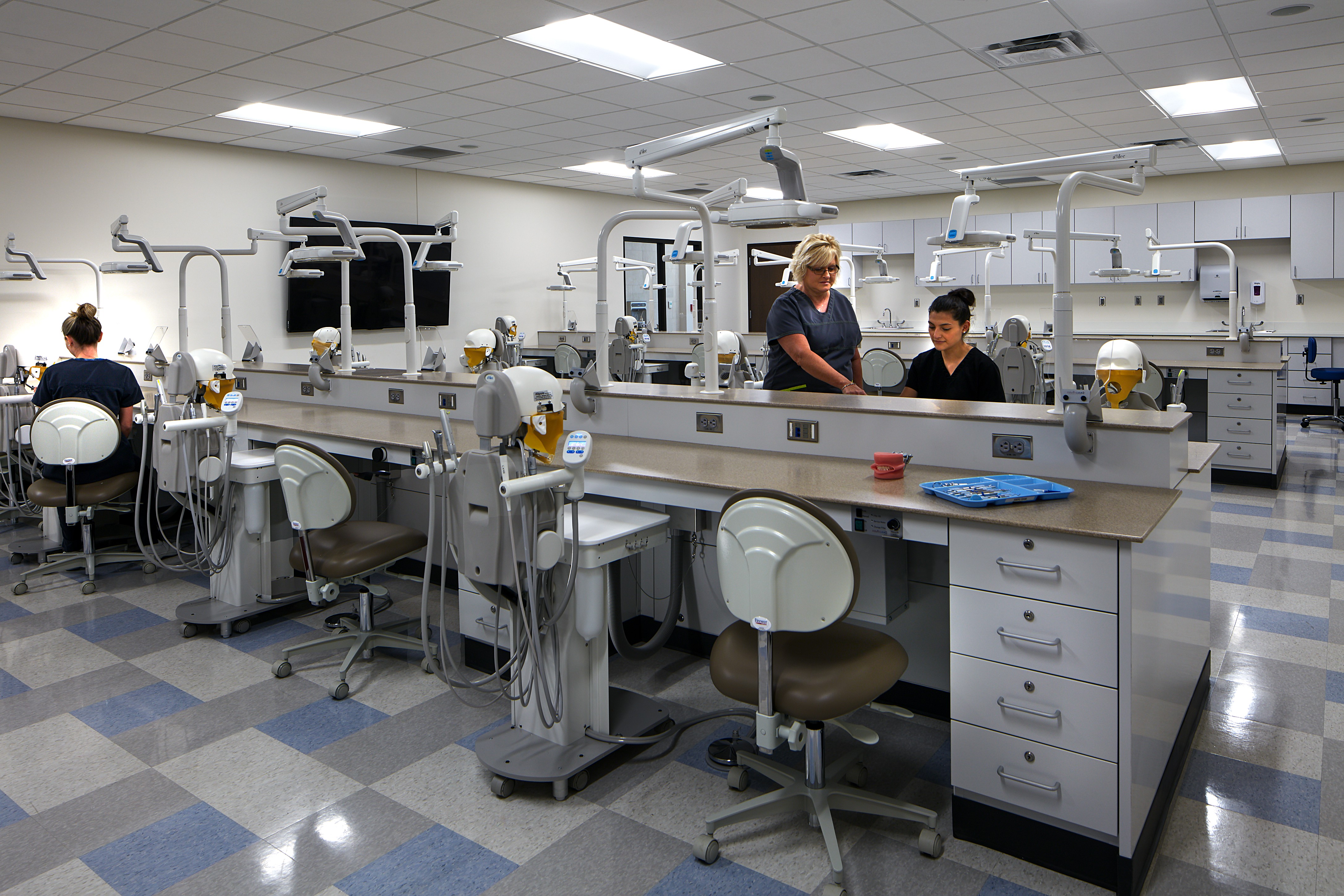
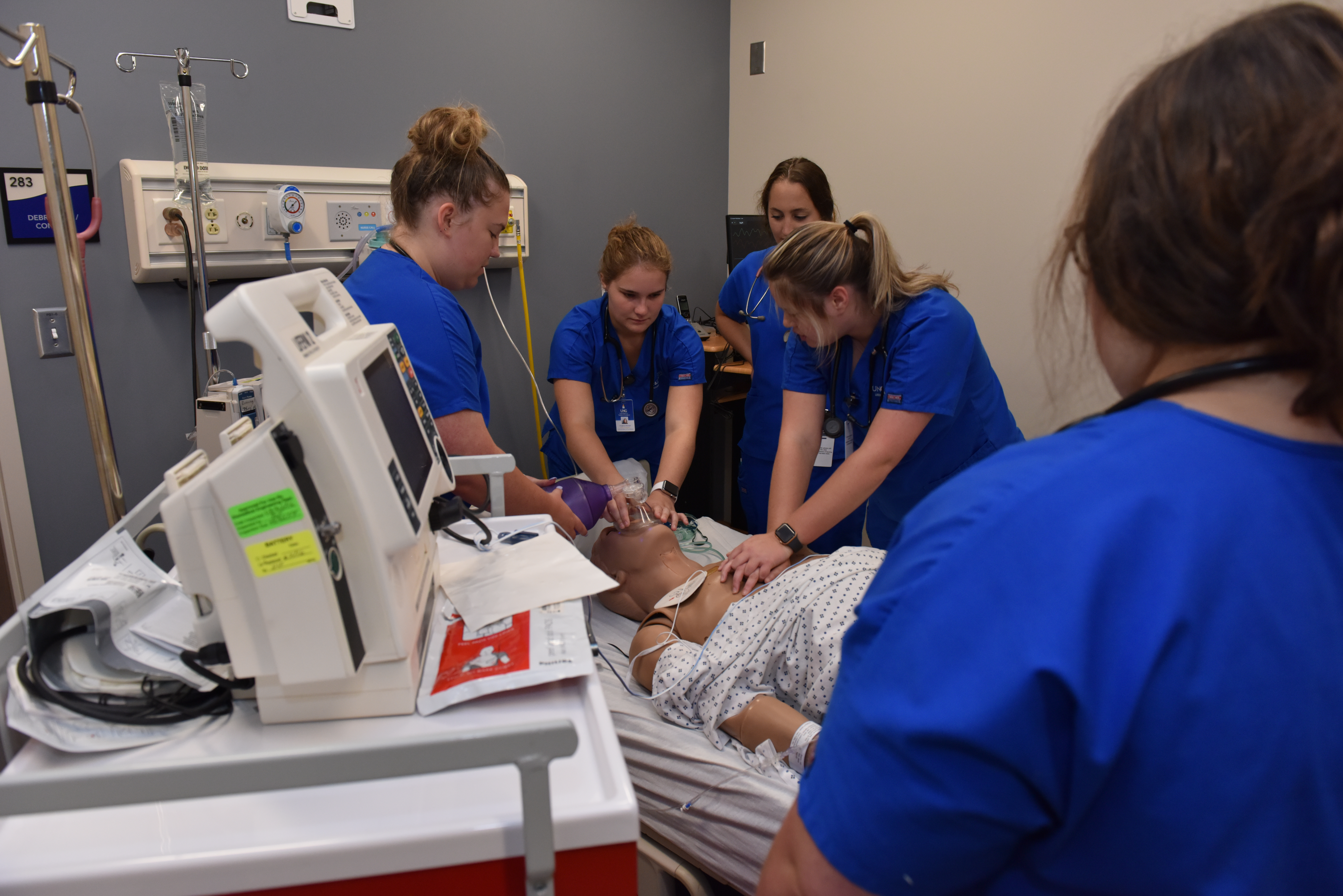
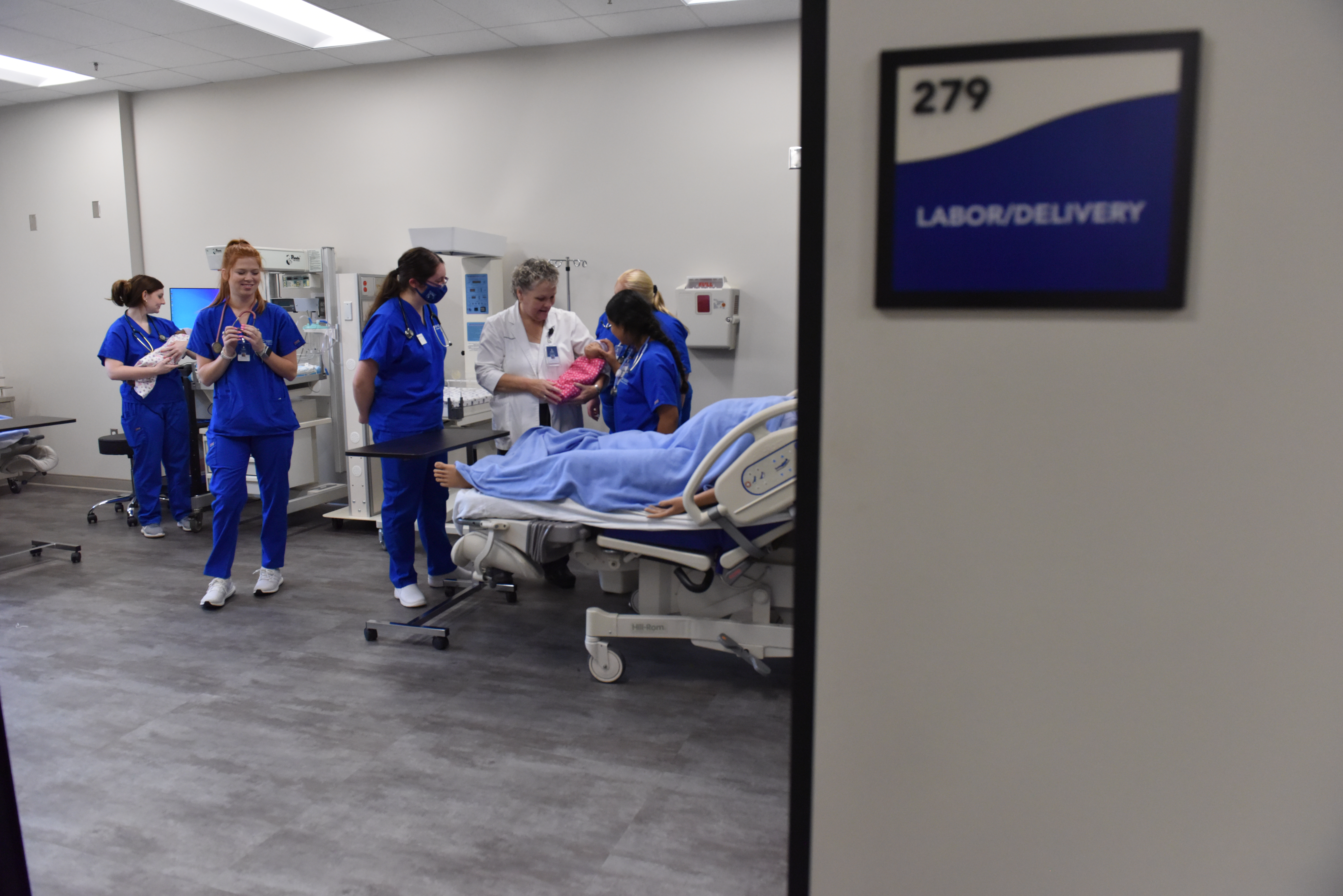
Our work focuses not just on bricks and mortar, but on the ecosystems of these facilities. Partnerships between schools, local health systems, and industry advisors help to promote better educational outcomes and stronger workforce pipelines.
QuickStart Georgia: Designing for Tomorrow’s Workforce
Our partnership with Georgia QuickStart, the state’s nationally recognized workforce training program, is another example of how Pond supports higher education and technical training. For this initiative, Pond’s architecture and engineering teams designed a new training facility to meet Georgia’s growing demand for electric vehicle manufacturing and advanced manufacturing skills among OEMs across the state.
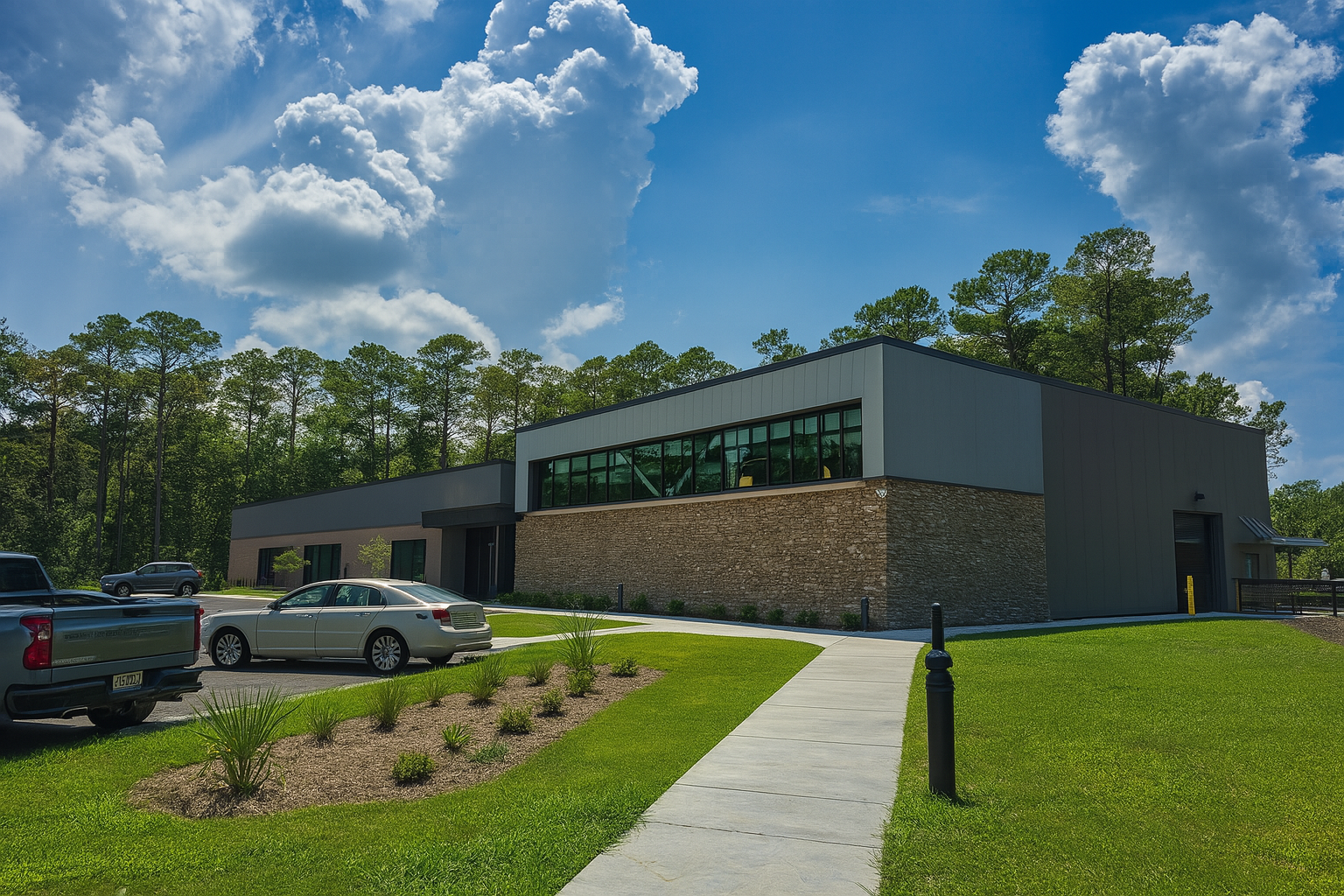
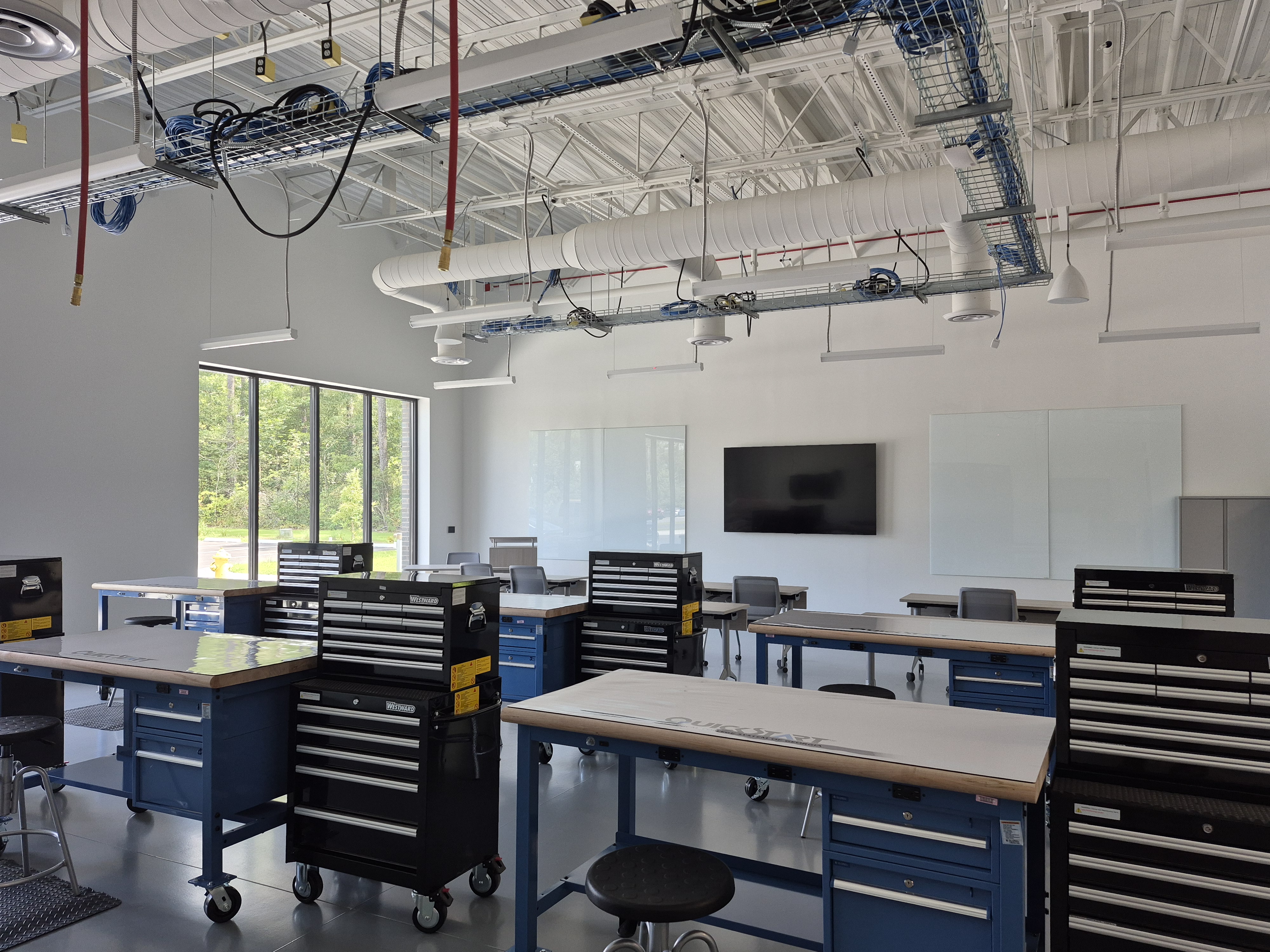
The result? A building designed specifically to support hands-on technical education, featuring collaborative design input from educators, community leaders, and OEM vehicle manufacturers. These training centers are more than just classrooms. They are pipelines to real jobs in real industries.
Georgia Highlands: A Community-Invested Approach
Located in the northeast Georgia town of Rome, Georgia Highlands College is a community-based institution dedicated to serving its region. The college is a model of how local communities can help shape the future of healthcare education. Here, community partners are not just cheering from the sidelines; they’re investing.
Funding and student sponsorships provided by local businesses and healthcare providers underscore the value of collaboration in building next-generation learning environments. Supporting this effort is the new Dental Hygiene and Nursing Simulation Lab Center on campus. The facility not only prepares students to serve their community but also actively engages local residents by offering low-cost dental care and hosting simulated nursing scenarios. By aligning educational goals with local workforce needs, we help create sustainable systems where students gain relevant skills, communities fill essential jobs, and institutions thrive.
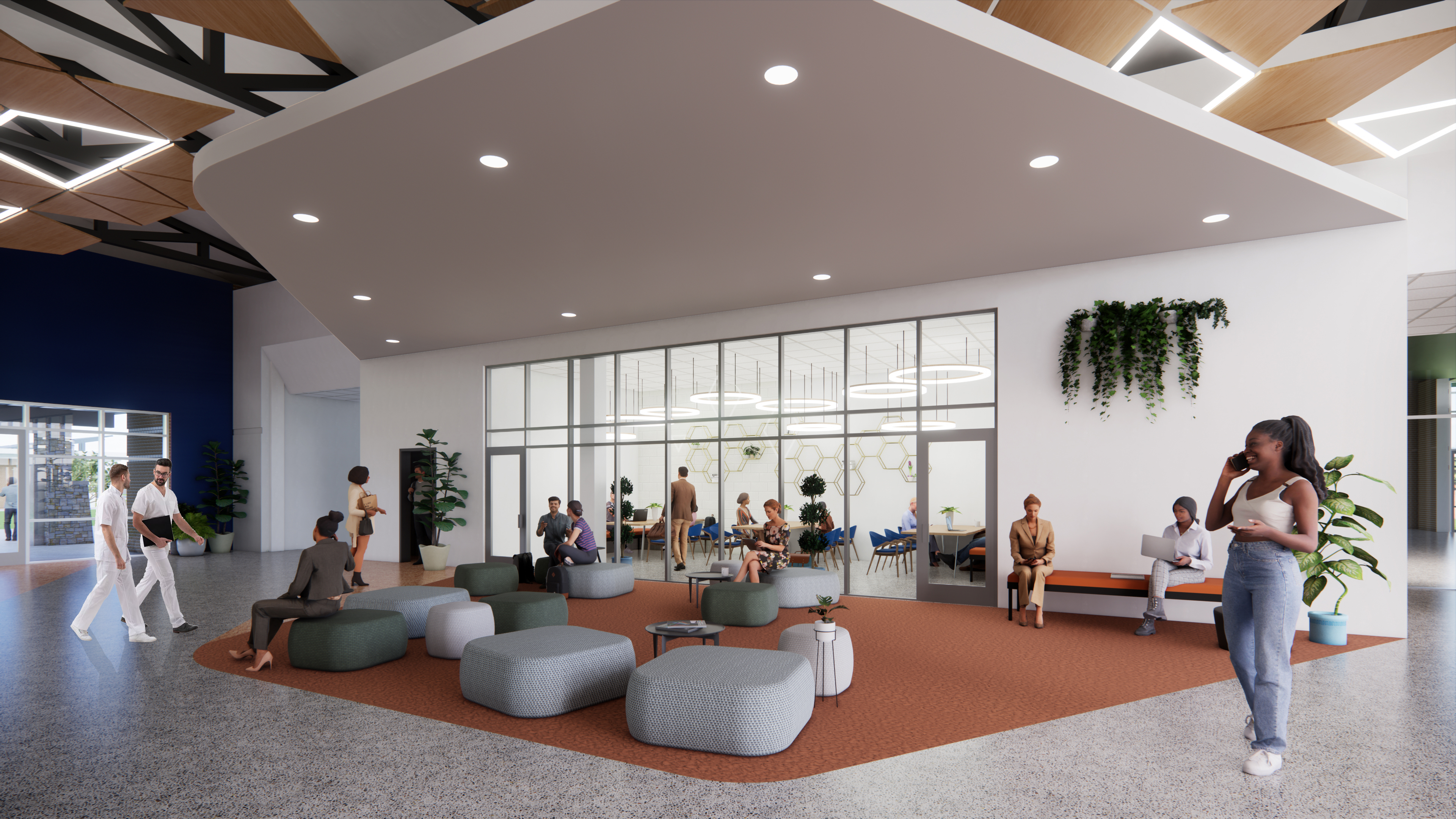
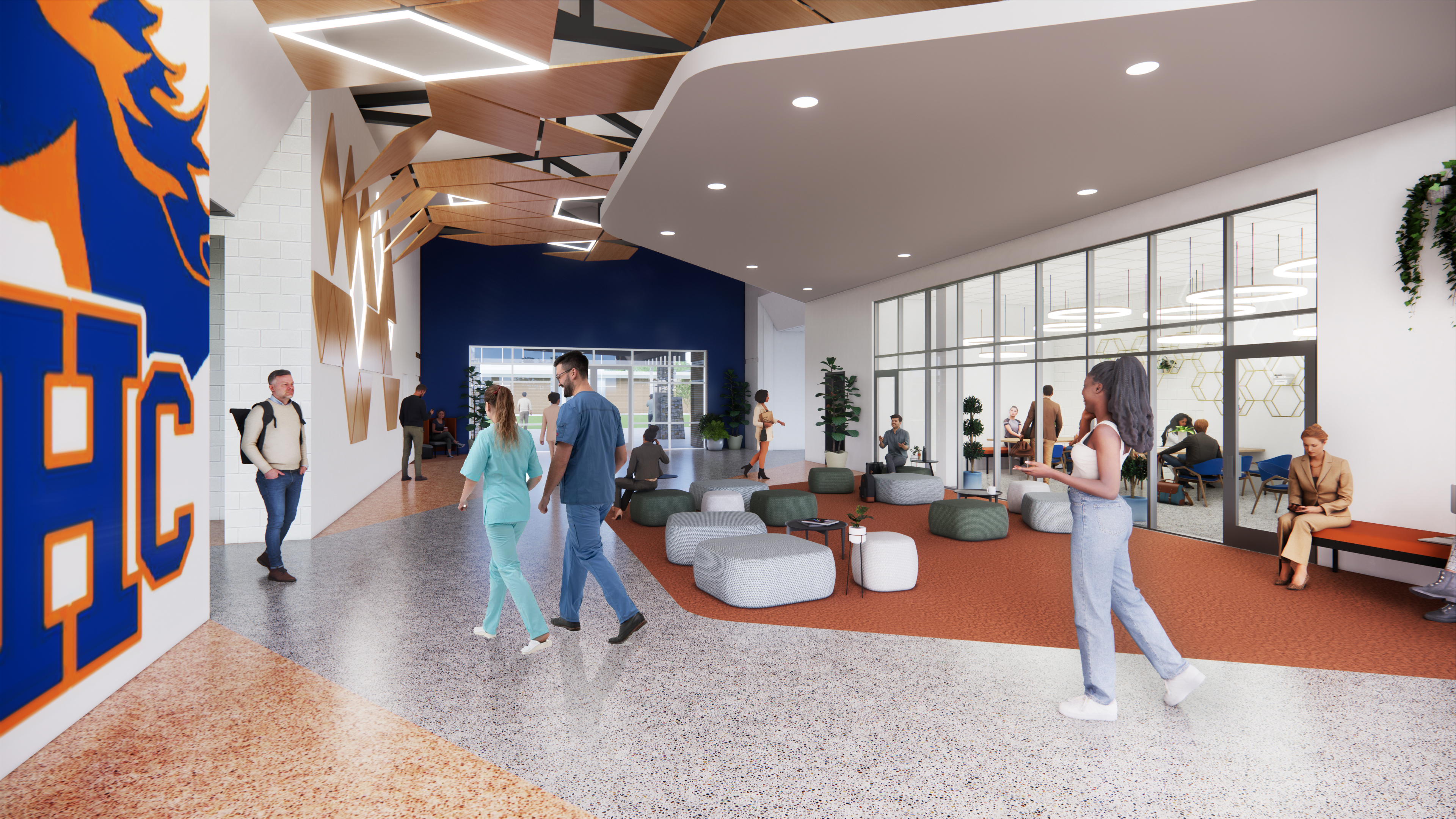
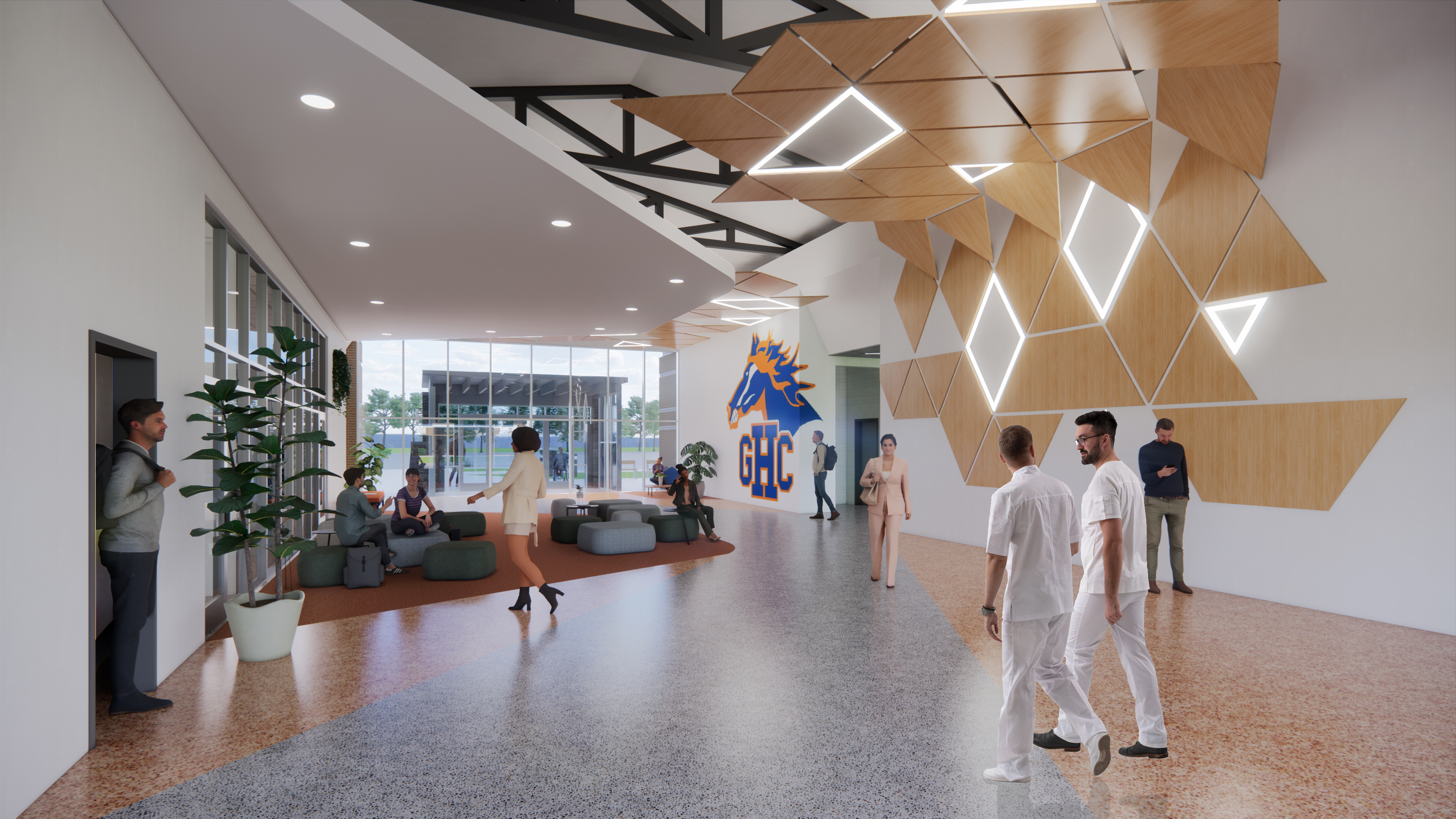
The Pond Approach: Community-Driven Design
Across these projects emerges a common thread: collaboration. At Pond, we engage early and often with stakeholders, including faculty, deans, healthcare professionals, and economic development leaders, to develop designs that are rooted in real-world environments and built to last.
We believe that the future of higher education lies in environments that foster interaction, simulate real-world conditions, and create opportunities for interdisciplinary learning. Our designs are not just functional spaces. They are tools for transformation.
Why It Matters
As workforce demands evolve, educational institutions must adapt. Pond is proud to be a partner in this evolution, designing spaces that close the gap between learning and doing, between classroom theory and real-world application.
Our work in nursing, allied health, and technical training is helping to redefine what higher education can look like. By focusing on immersive, simulation-based environments, we’re equipping students with the tools they need to succeed and giving institutions the competitive edge they need to lead.
If you're looking to transform your educational facilities into real-world training environments, Pond is ready to help design the future. Learn more about our work in education, advanced manufacturing, and other immersive learning projects.


